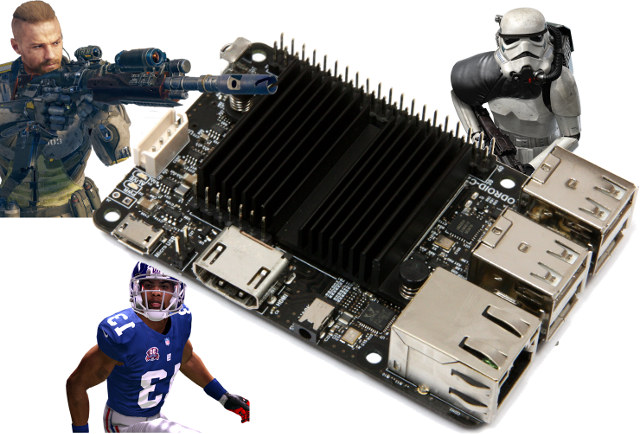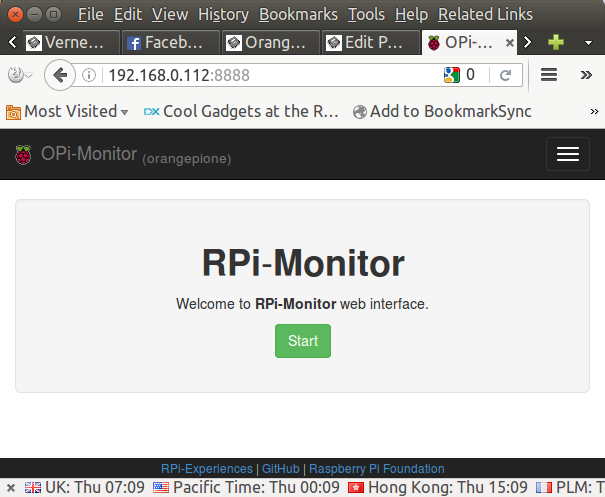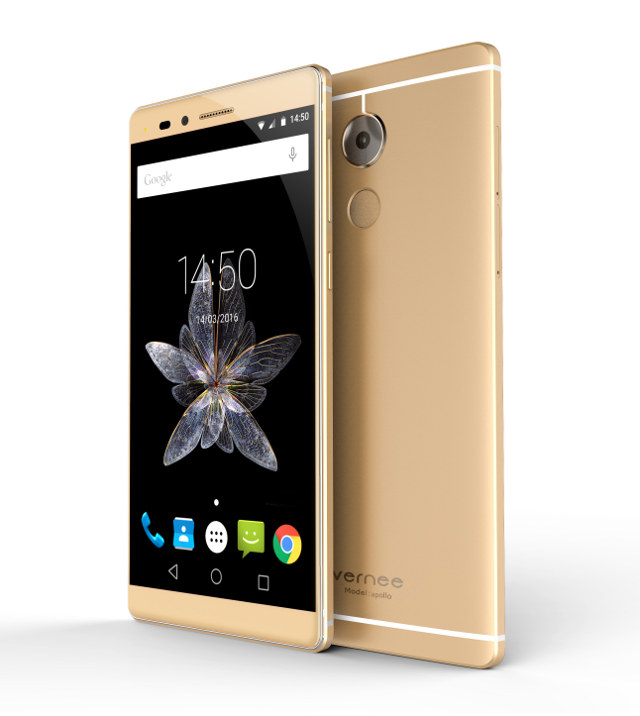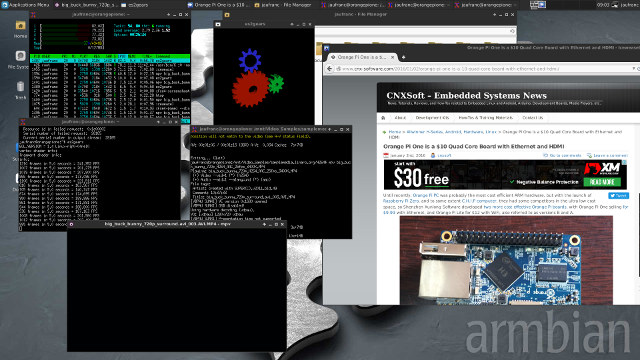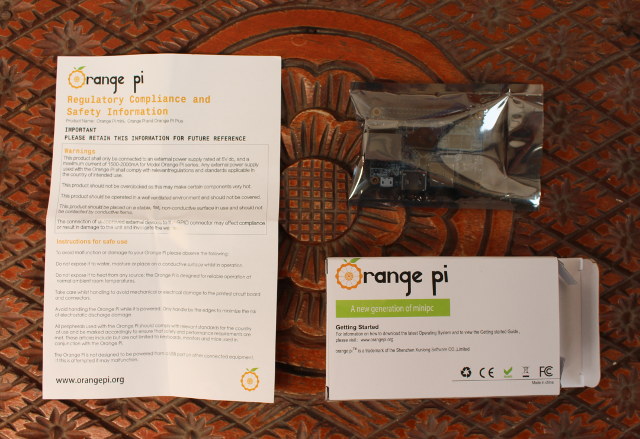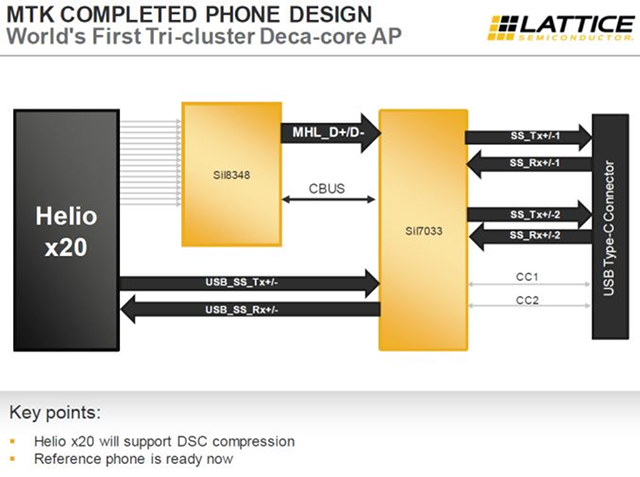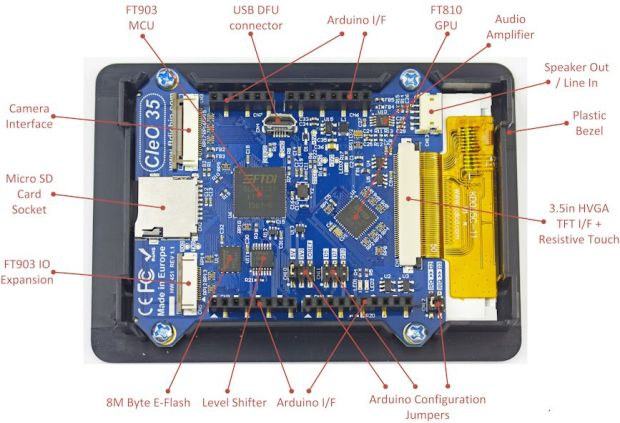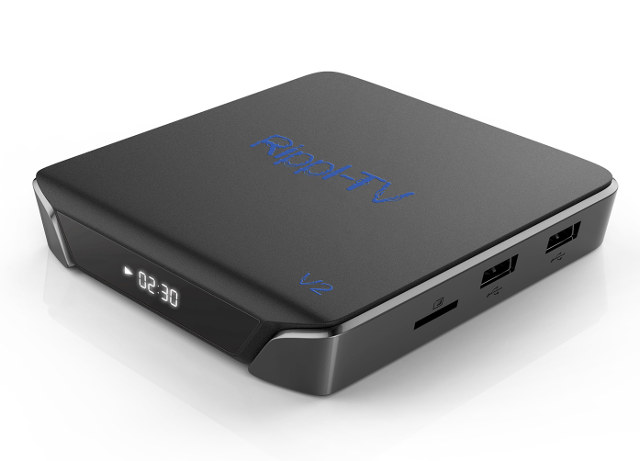Nvidia first showcased PC games streaming to Nvidia Project SHIELD Game Console at CES 2013, and since then Moonlight project has been created to provide an open source implementation compatible with Nvidia Gamestream, and supported on Linux, Mac OS and Windows PC, Android & iOS mobile devices, as well as Samsung VR kits. There’s also an implementation called Moonlight Embedded designed for ARM Linux platforms such as Raspberry Pi,ODROID, Cubox-i boards, and ODROID-C1 and ODROID-C2 boards even got support for H.265 streaming very recently allowing for better quality over H.265 at a given bit rate, and possibly 4K @ 60 Hz gaming on ODROID-C2 board. You’ll need a Windows gaming PC with an Nvidia GTX 600/700/900 series GPU, a wired connecting or a high-end 802.11 router or greater, and Nvidia Geforce Experience (GFE) installed on your PC. H.265 requires an Nvidia 900 series GPU such as Nvidia GTX960. Once this […]
RPi-Monitor is a Web-based Remote Monitoring Tool for ARM Development Boards such as Raspberry Pi and Orange Pi
It can be pretty useful to monitor the CPU load, memory and storage usage, and network traffic of your boards, and they are already graphical tools like System Monitor on Ubuntu providing most of the information, and monit can be used on server, but I’ve recently been introduced to RPi-Monitor utility for Raspberry Pi and Orange Pi boards (patched version), that very easy to install, and provide neat chart of many different variables. Since I’m currently playing with Orange Pi One board running armbian, so that’s the platform I’ve used to run RPi-Monitor (OPi-Monitor). The usage should be exactly the same on Raspberry Pi, but the installation steps are little different. To install RPi-Monitor on Orange Pi One, open a terminal or access the serial console, and you can install and start the service with a single command line:
|
1 2 3 4 5 6 7 8 |
sudo armbianmonitor -r Installing RPi-Monitor. This can take up to 5 minutes. Be patient please .... Now patching RPi-Monitor to deal correctly with H3 Now you're able to enjoy RPi-Monitor at http://192.168.0.112:8888 |
It actually took around 8 minutes on my board, as […]
Vernee Apollo Smartphone Features Helio X20 Processor, 6GB RAM & 128GB Storage
Some of the new smartphones coming to market are now just as powerful as entry-level computers and laptops, and Vernee Apollo is one of them with Mediatek Helio X20 deca-core processor, 6GB RAM, 128GB storage and a 5.5″ display. Vernee Apollo key specifications: SoC – Meaitek Helio X20 (MT6797) deca-core processor with 2x Cortex A72 cores @ 2.5 GHz, 4x Cortex A53 cores @ 2.0 GHz, and 4x Cortex A53 cores @ 1.4 GHz and ARM Mali-T880MP GPU @ 850 Mhz System Memory – 6GB RAM Storage – 128GB storage Display – 5.5″ display with “2K” resolution and 3D force touch Camera – 21.0MP rear camera (SONY IMX230 CMOS image sensor) , 8.0MP front-facing camera. ISP featuring Imagiq technology. USB – Type-C port Full metal uni-body The phone runs Android 6.0, and is planned to launch on April 2016 together with other Helio X20 based smartphones from othe Chinese companies […]
Accelerated 3D Graphics, Hardware Video Decoding, and Network Performance on Orange Pi One Board (Video)
I’ve just written Getting Started Guide for Orange Pi One, a $10 development board based on Allwinner H3 quad core Cortex A7 processor, where I explain how to install and configure Armbian distribution on the board. As promised, I’ve also tested 3D graphics acceleration, and hardware video decoding, and also included some Ethernet benchmarks. Since ARM Mali-400 GPU found in Allwinner H3 is only capable of OpenGL ES, as in most ARM SoCs, you can test 3D graphics acceleration by using es2gears (and not glxgears as I’ve seen some other do in the past):
|
1 2 3 4 5 6 |
es2gears EGL_VERSION = 1.4 Linux-r3p0-04rel0 vertex shader info: fragment shader info: info: 1463 frames in 5.0 seconds = 292.425 FPS |
The log shows the utility is using Linux-r3p0 Mali driver, and the gears are display at a high frame rate close to 300 fps. If I switch to full screen, the frame rate drops to about 43 fps, which should still be acceptable. CedarX is the infamous closed source and GPL violating media library released […]
Orange Pi One Board Quick Start Guide with Armbian Debian based Linux Distribution
Orange Pi One board is the most cost-effective development board available on the market today, so I decided to purchase one sample on Aliexpress to try out the firmware, which has not always been perfect simply because Shenzhen Xunlong focuses on hardware design and manufacturing, and spends little time on software development to keep costs low, so the latter mostly relies on the community. Recently, armbian has become popular operating systems for Linux ARM platform in recent months, so I’ve decided to write a getting started guide for Orange Pi One using a Debian Desktop image released by armbian community. Orange Pi One Unboxing But let’s start by checking out what I received. The Orange Pi One board is kept in an anti-static bag, and comes with a Regulatory Compliance and Safety Information sheet, but no guide, as instead the company simply asks users to visit www.orangepi.org to access information […]
Lattice and Mediatek Announce superMHL Smartphone Reference Designs Supporting 4K over USB-C
Two standards are competing to bring 4K video output @ 60 Hz and 8K over USB type C connectors: DisplayPort 1.4 and superMHL. Lattice, who purchased Silicon Image last year, and Mediatek have collaborated to provide reference designs supporting superMHL and based on Helio X20 deca-core processor combined with Lattice components. Lattice SiI8348 MHL transmitter would handle 4K 60 fps video and MHL power, while Sil7033 USB type-C port controller would also handle USB 3.1 data transfer up to 10 Gbps, USB-C power delivery (PD), MHL Alt-mode on USB-C. Lattice also leverage their SiI7013 mobile USB Typer-C port controller, SiI9396 mobile superMHL/MHL to HDMI bridge, and other chips to offer accessories such as USB-C to HDMI adapters, MHL cables, USB-C charger, and USB-C dock with multiple USB ports and HDMI output. Anandtech notes that one the main problem with USB type C connector is likely to be the cable, as many […]
Cleo35 Touchscreen Display for Arduino UNO Comes with Tutorials and Example Projects (Crowdfunding)
There are already various options to add a (touscheen) display to Arduino board with software support including TFTLibrary for Arduino, and recently I tried Nextion serial touchscreen displays that are supported by a WYSIWYG editor, but the latter is only supported in Windows and not exactly user-friendly, and I found the few provided tutorials would only work with a specific resolution incompatible with the displays I had been sent. So I gave up on the idea of interfacing the display with Arduino or ESP8266 as it would be too time-consuming. FTDI CleO project might be faster and easier to get started, as their CleO35 touchscreen display for Arduino UNO will come with a 20 chapter tutorial covering over 80 topics, and 20 projects to get started. Some of the key features and specs of Cleo35 display include: MCU – FTDI FT903 32-bit FT32 core @ 100MHz with 256kB on-chip Flash […]
Rippl-TV V2 Android 5.1 TV Box Features an Android TV-like Launcher, Supports Widevine L1 DRM
The maker of Rippl-TV media player are back with Rippl-TV V2 featuring Amlogic S905 quad core Cortex A53 processor coupled with 1GB RAM and 8GB flash, but the most interesting part of this device is probably on the software side with support for two launchers: Rippl-TV and an Android TV-like launcher, as well as support for Winevine L1 DRM allowing for HD playback of online video services such as Netflix, and Google Cast. [Update: While the company confirmed support for L1 DRM, a trusted third party has claimed that L1 DRM is currently buggy on Amlogic S905… Update 2: The company replied and there’s still a bug with Netflix TV app] Rippl-TV V2 specifications: SoC – Amlogic S905 quad core 64-bit ARM Cortex-A53 processor up to 2.0 GHz with penta core ARM Mali-450 GPU up to 750Mhz+ System Memory – 1GB DDR3 Storage – 8GB eMMC flash + micro SD […]


